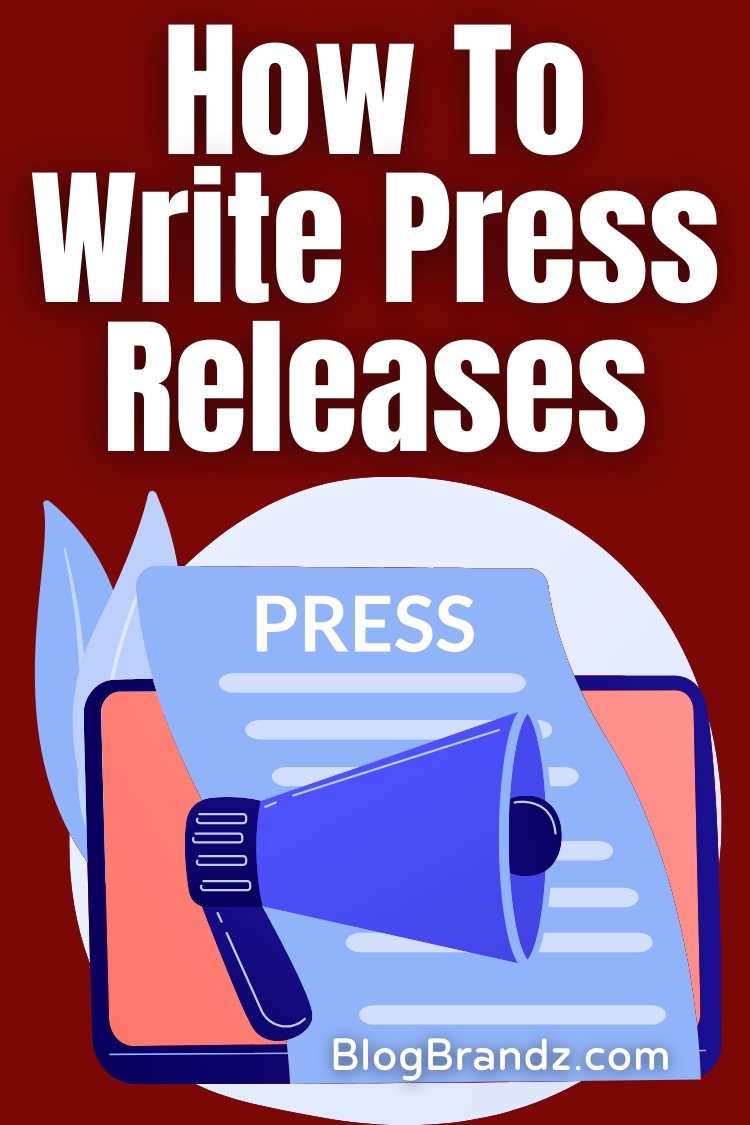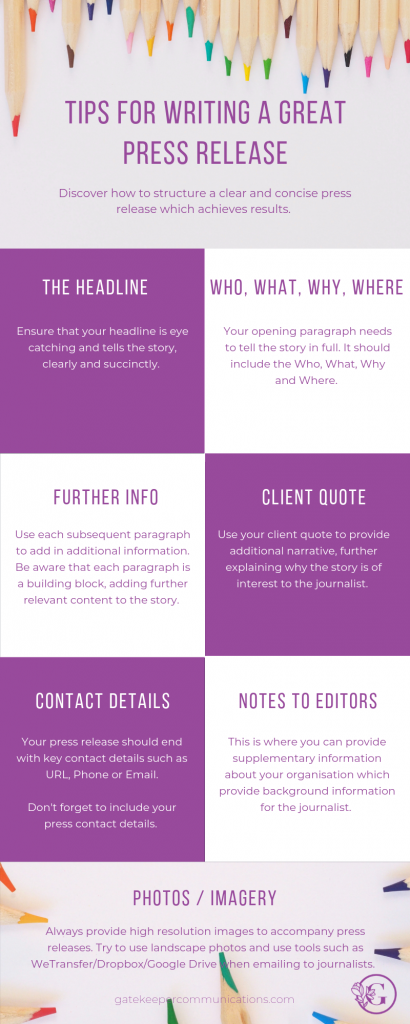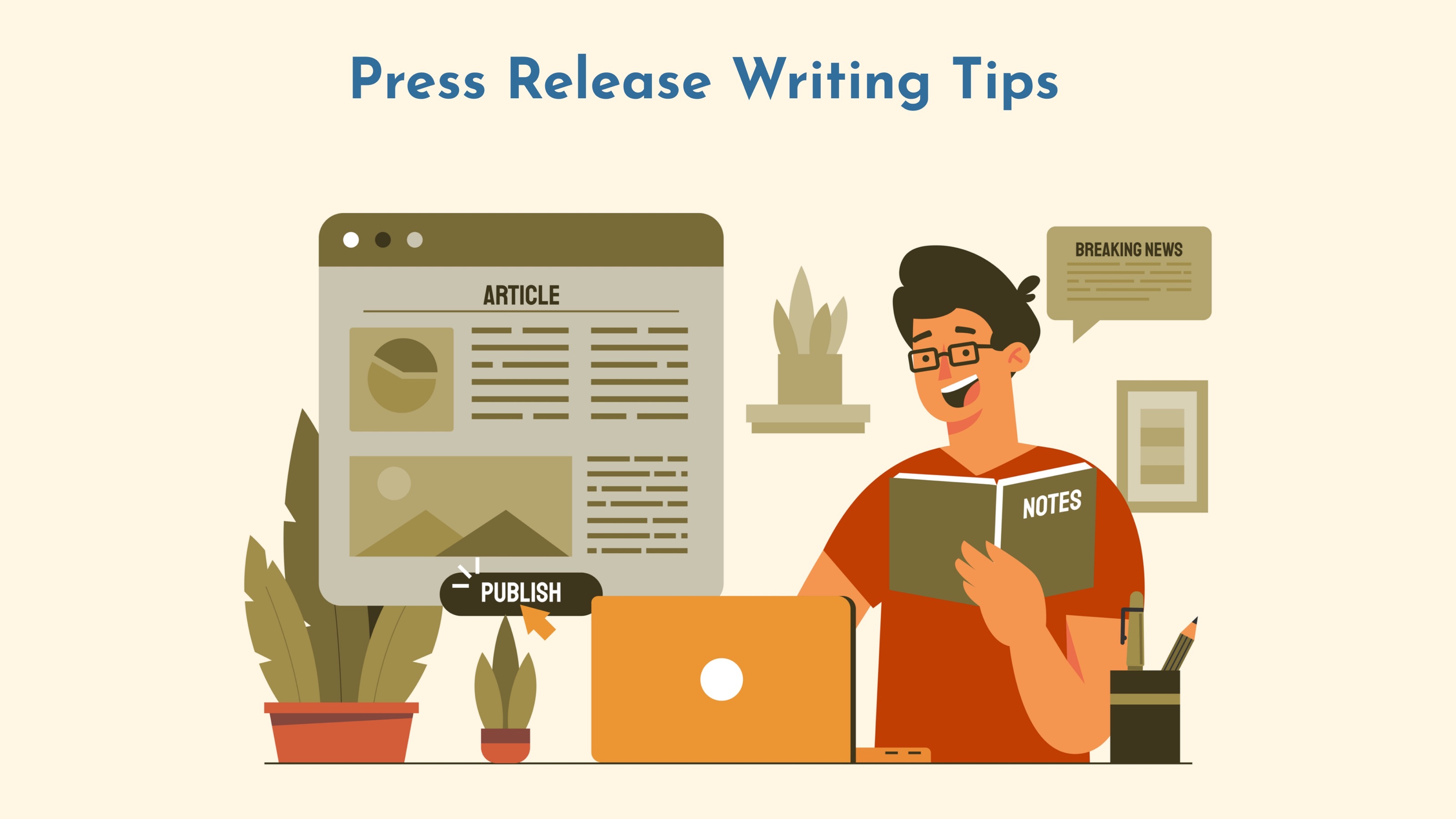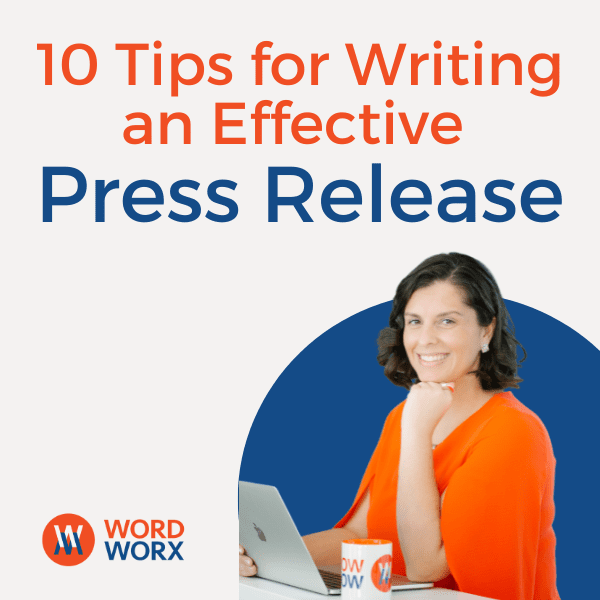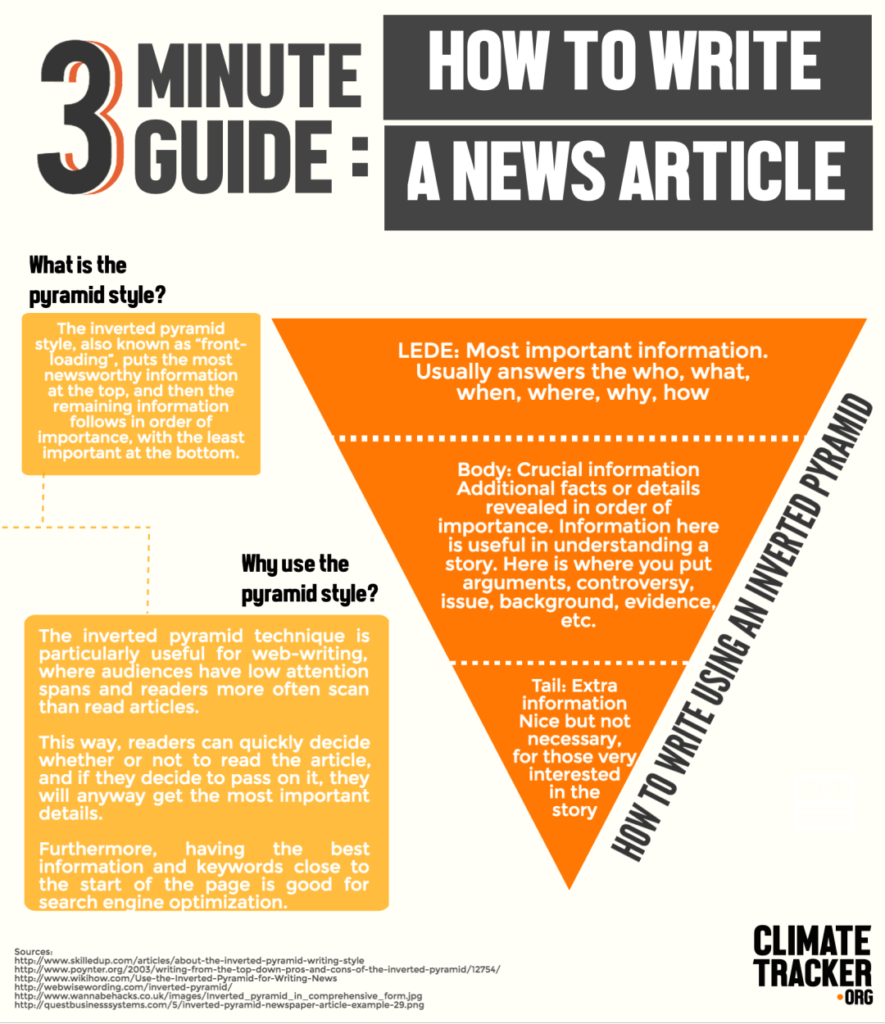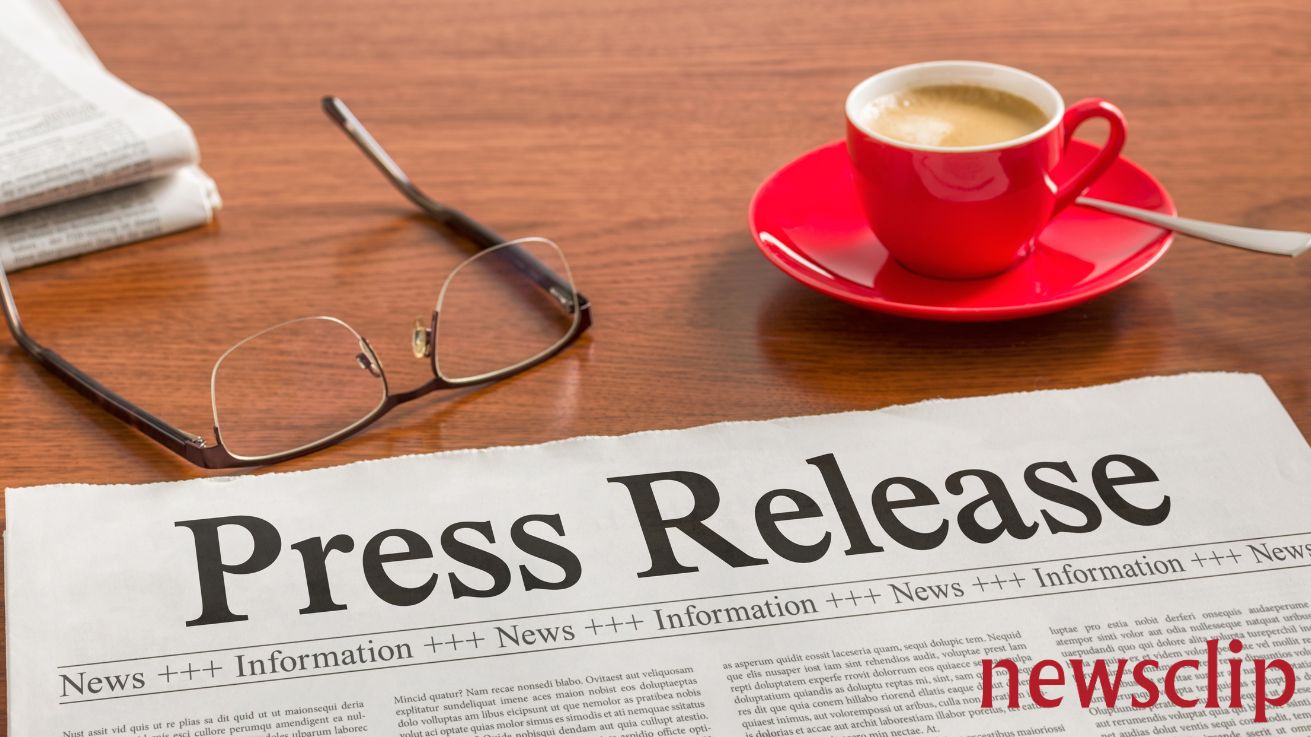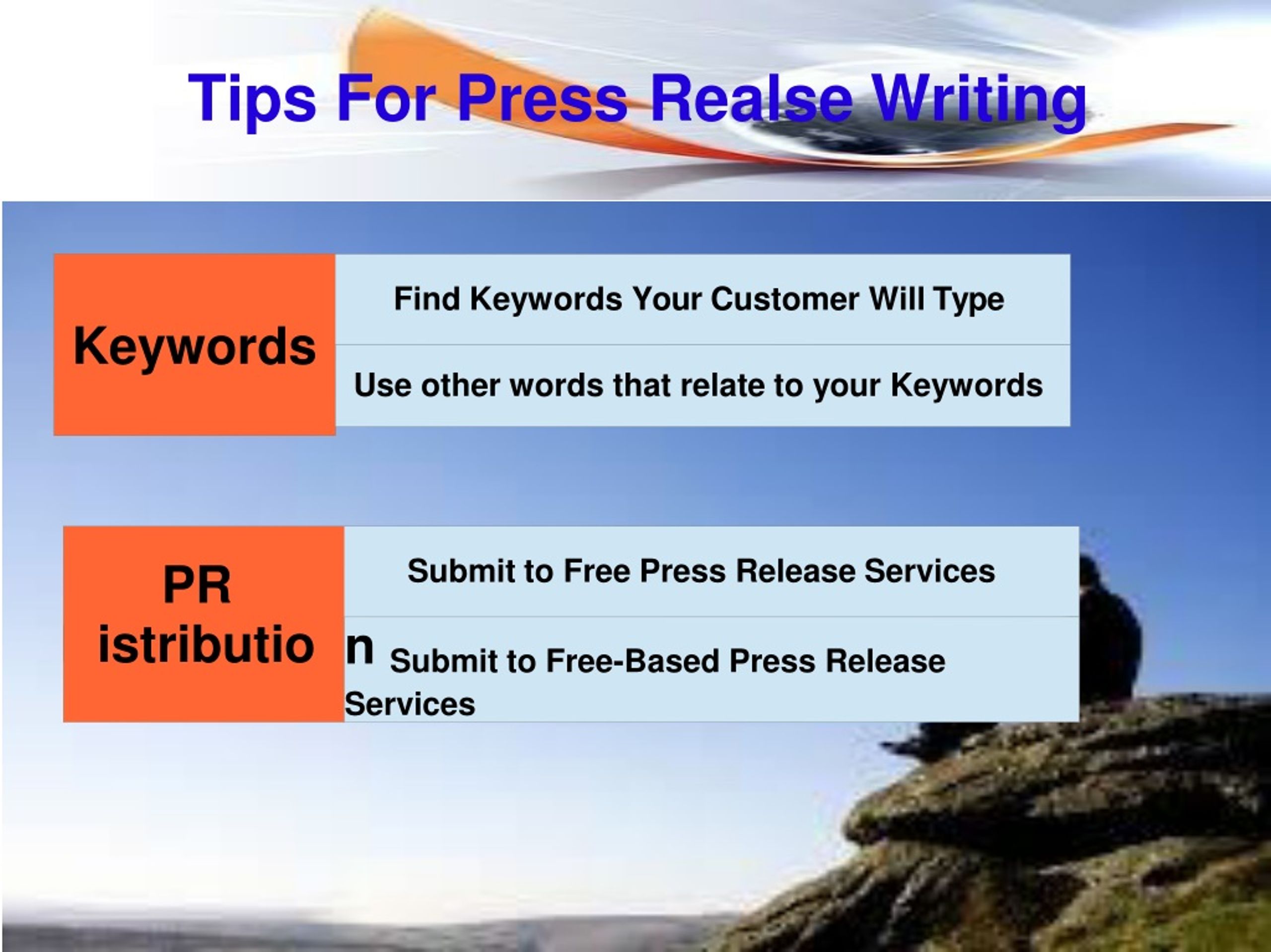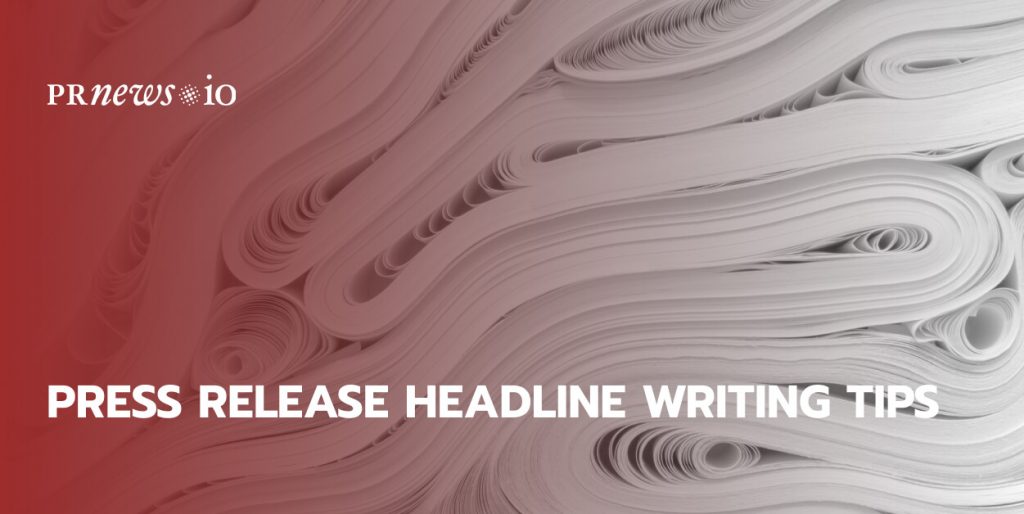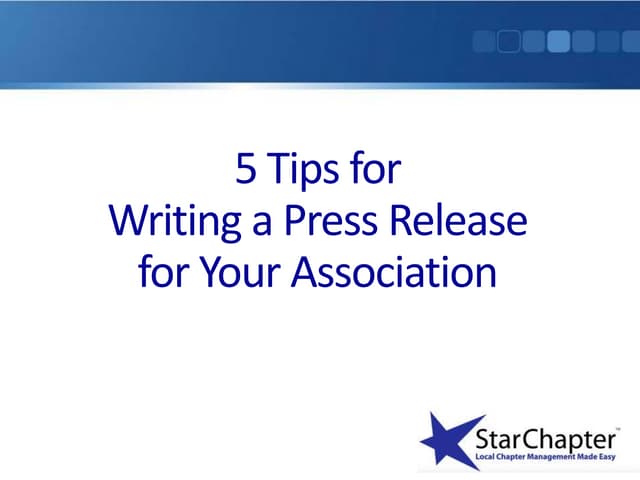Tips For Writing A Press Release
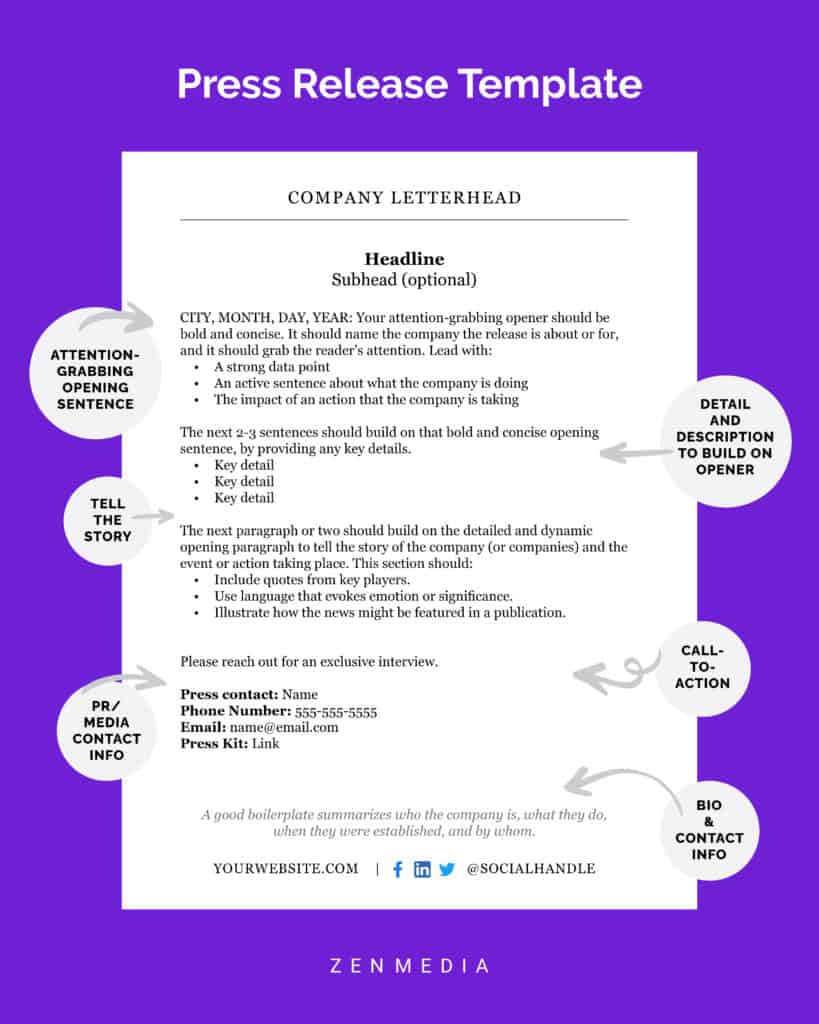
Imagine a spotlight suddenly illuminating a stage, the hushed anticipation of an audience, and then… silence. That's what sending out a poorly written press release feels like. It’s an opportunity missed, a chance to connect with the world that vanishes into the digital void.
But fear not! Crafting a compelling press release isn't an impossible feat. With the right approach, you can transform your news into captivating stories that garner media attention and resonate with your target audience.
This article provides practical tips and actionable strategies for writing press releases that get noticed, ensuring your message shines brightly and achieves its intended impact.
Understanding the Press Release Landscape
Before diving into the "how-to," it's crucial to understand what a press release is and its role in the modern media ecosystem. A press release, at its core, is an official statement delivered to members of the media for the purpose of providing information and securing coverage.
According to a 2023 study by Cision, press releases remain a vital tool for reaching journalists, with 78% of journalists stating they still rely on them for story ideas. However, the sheer volume of information bombarding journalists means your press release needs to stand out to cut through the noise.
Historically, press releases were primarily distributed through wire services like PR Newswire and Business Wire. Today, while these remain important channels, direct outreach and online distribution are equally crucial.
Crafting a Headline That Captures Attention
Your headline is the first, and sometimes only, impression you make. It needs to be concise, engaging, and accurately reflect the content of your release. Aim for a headline that's both informative and intriguing, prompting journalists to learn more.
Use strong keywords and action verbs to draw the reader in. For instance, instead of "Company X Announces New Product," try "Company X Revolutionizes the Industry with Groundbreaking New Product."
Keep it short and sweet – ideally under 80 characters. A study by Neil Patel Digital found that headlines with 6-13 words tend to attract the most attention.
The Power of the Nut Graf
The "nut graf," typically the second or third paragraph, is where you distill the essence of your news. It should clearly answer the "who, what, where, when, why, and how" of your story.
Think of it as the TL;DR (Too Long; Didn’t Read) version for busy journalists. If they only read one paragraph, the nut graf should provide them with the most crucial information.
Write with clarity and precision, avoiding jargon or overly technical language. Example: "Acme Corp. today announced the launch of its innovative widget, a revolutionary new tool designed to increase productivity by 30% for small businesses. The widget will be available starting October 26th."
Writing a Compelling Body
The body of your press release expands upon the information presented in the nut graf. Provide context, background information, and supporting details to paint a comprehensive picture for the reader.
Include quotes from key stakeholders to add credibility and personality to your release. A quote from the CEO or a lead researcher can provide valuable insights and perspectives.
Example: "We are thrilled to introduce this groundbreaking widget to the market," said Jane Doe, CEO of Acme Corp. "We believe it has the potential to transform the way small businesses operate and achieve their goals."
The Importance of Visuals
In today's visual world, incorporating images and videos can significantly enhance the impact of your press release. According to a 2022 report by Meltwater, press releases with multimedia elements generate significantly more engagement than those without.
Include high-resolution images that are relevant to your news. This could be a product shot, a company logo, or a photo of key personnel. A video demonstration or a behind-the-scenes look can also be highly effective.
Ensure that your visuals are properly optimized for online viewing and that you have the necessary permissions to use them.
SEO Optimization for Maximum Reach
To ensure your press release reaches the widest possible audience, it's crucial to optimize it for search engines. This involves strategically incorporating relevant keywords throughout your release, including in the headline, body, and image alt text.
Use keyword research tools like Google Keyword Planner or SEMrush to identify the terms your target audience is searching for. However, avoid keyword stuffing, which can negatively impact your search engine ranking.
Build backlinks to your website within your press release. This not only drives traffic to your site but also improves your search engine authority.
Distribution Strategies for Amplifying Your Message
Once your press release is written and optimized, it's time to distribute it. As mentioned earlier, wire services like PR Newswire and Business Wire are still valuable options, but don't rely solely on them.
Directly reach out to journalists and media outlets who cover your industry. Personalize your outreach and explain why your news is relevant to their audience.
Share your press release on your social media channels and encourage your followers to share it as well. This can help you reach a broader audience and generate more buzz.
Measuring the Success of Your Press Release
It's important to track the performance of your press release to determine its effectiveness. This can involve monitoring media coverage, website traffic, and social media engagement.
Use analytics tools like Google Analytics or HubSpot to track website traffic and conversions. Monitor social media mentions and engagement using social listening tools.
By analyzing the data, you can gain valuable insights into what worked well and what could be improved in future press releases.
Avoiding Common Pitfalls
There are several common mistakes that can undermine the effectiveness of your press release. Avoid using overly promotional language or hyperbole. Stick to the facts and present your news in an objective and unbiased manner.
Proofread your press release carefully for grammar and spelling errors. Even minor mistakes can damage your credibility.
Make sure your contact information is accurate and up-to-date. Journalists need to be able to easily reach you for follow-up questions.
Embracing the Evolution of Press Releases
The world of media is constantly evolving, and press releases are no exception. Experiment with new formats, such as interactive press releases or multimedia storytelling.
Personalize your outreach and tailor your message to specific journalists and media outlets. Building relationships with members of the media can significantly increase your chances of securing coverage.
By staying informed about the latest trends and best practices, you can ensure that your press releases remain relevant and effective in the ever-changing media landscape.
Crafting a great press release is an art and a science. It requires meticulous attention to detail, a deep understanding of your target audience, and a commitment to delivering clear, concise, and compelling information. But with the right approach, you can transform your news into a powerful story that resonates with the world.
So, go forth and write press releases that not only inform but also inspire, engage, and ultimately, drive meaningful results. Let your story be heard!


![Tips For Writing A Press Release How to write a press release [BEST TIPS] GUIDE 2023 - Parkat](https://www.parkat.co.uk/wp-content/uploads/2023/04/writingPR.jpg)
